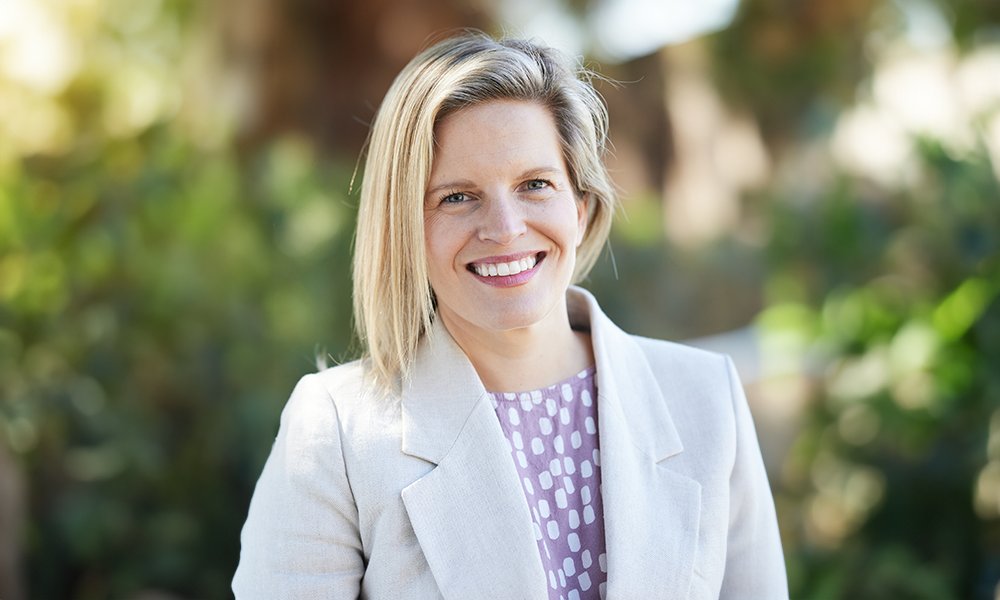
Coeducational Campuses
There has been a lot of conversations around preparing Year 6 and Year 10s for the first year of coeducation. As the inaugural coeducational cohorts, we are considering every part of their journey through 2026. From the House system to subject selection, sports and co-curricular.
But there are another four cohorts in every senior year, and today I want to speak about the cohorts that will not be coeducational immediately.
Firstly, our current Year 11s are preparing themselves to be the school leaders in our first coeducational year. In their Houses, in the Year 12 College, in sports and co-curricular, and walking around the campus they will be the leaders of Cranbrook’s inaugural coed year. I am already seeing great leadership in these students, getting involved in the Student Coeducation Committee, as well as attending orientation activities to meet the incoming students. Their leadership next year will be fundamental to the experience of all students.
I was recently speaking with a Year 7 parent about how their child will not be in a coeducational cohort until Year 11. I have heard the term that they are the “sandwiched” year, but I don’t see it like that. Next year, we will be a coeducational campus. The girls will be a minority in the School, but the School will be coeducational. That means even though there won’t be girls in that cohort, there will be girls across the campus.
The students currently in Years 7 – 9 will benefit from coeducation before their cohorts become coeducational because they will be working with girls in their house groups, in some co-curriculars (especially Music and Drama), and around the campus. What will it mean for these students? They will be expected, as all students are, to model and expect respect, to use language that is not only respectful but inclusive and engaging. They will be expected to be leaders to the younger cohorts and work collaboratively across year groups. By the time girls commence in their cohorts in Year 11, these students will have experienced coeducation for a few years.
Below is a table that shows the progression of coeducation across the senior school
| Year | 7 | 8 | 9 | 10 | 11 | 12 |
| 2026 | Coed | Single sex | Single sex | Single sex | Coed | Single sex |
| 2027 | Coed | Coed | Single sex | Single sex | Coed | Coed |
| 2028 | Coed | Coed | Coed | Single sex | Coed | Coed |
| 2029 | Coed | Coed | Coed | Coed | Coed | Coed |
This is one of the reasons we made the decision to enroll girls in all Day Houses from 2026. While we also wanted to respect family connections to houses, we also wanted to ensure all houses are coeducational at the same time. If we had focused on 6 houses in 2026 and another in 2027, the houses would not all be coeducational for up to 6 years. By having girls across Day Houses, we speed that up to within 4 years.
The Student Wellbeing Programme, run by Angelique Sanders, is working on explicitly educating all our students in social and emotional literacy to prepare them for the world beyond the school gates, which just happens to also be coeducational.
Whether your son is in the first intake, or not part of a coeducational intake, they are part of, and benefiting from, Cranbrook’s transition to coeducation.
We will continue to run orientation activities for incoming Year 7s and 11s in order to promote collaboration and engagement across cohorts, and I look forward to these events be run by coeducational Year 11s next year.
Daisy Turnbull
Director of Coeducation

)